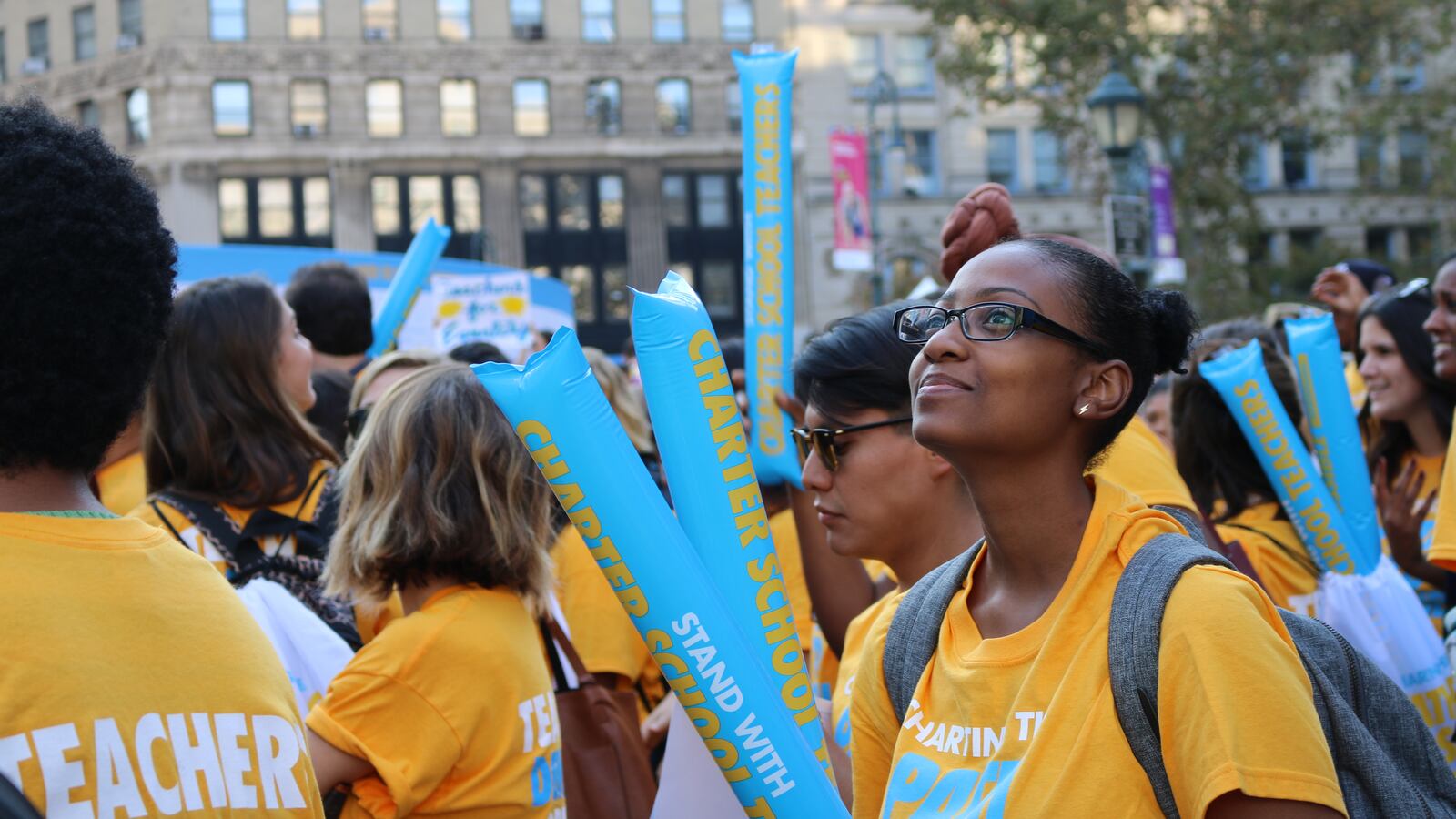In the debate over charter schools, it often feels like there’s no middle ground.
Supporters say charters target under-served children and do a better job educating them. Detractors say charters actually cream the best students and get rid of others with harsh discipline policies.
The reality, according to a new report released by the right-leaning American Enterprise Institute, is not nearly as clear-cut. Charter schools in New York state and across the country vary widely in who they serve, how well their students perform and how often they suspend students.
“The main thing that I want to push people to deal with is to deal with the charters that we have, and not the pictures or portraits of charters that are useful to the argument we’re making,” said AEI research fellow Nat Malkus, who authored the report. “Charters are not one thing.”
Using 2011-12 federal data, Malkus compared charter schools to their five closest traditional public school neighbors that serve the same grades. Compared to other states, Malkus said New York presented a much more “balanced” picture than others.
Though Malkus hopes to bring nuance to a polarized debate, the study could just as easily be used to fuel either side of the charter school argument.
Who attends charter schools?
In New York state, large swaths of charter schools (often around 50 percent) served roughly similar populations as their neighboring traditional public schools.
But there were some differences. For example, 77 percent of charter schools enrolled more black students than neighboring schools.
Yet, almost half the state’s charter schools served fewer English Language Learners than neighboring schools and only 3 percent served more. Similarly, 41 percent of New York’s charter schools served fewer students with special needs than neighboring schools and only 15 percent served more.
How do charter school students perform?
When compared with their nearest traditional public schools, 62 percent of charters in New York state had higher proficiency rates and only 17 percent had lower proficiency rates.
Malkus cautioned against drawing any quick conclusions from those numbers.
“I don’t know whether that’s because charters are more effective at educating students, or charters are more effective at attracting high-achieving students — or both. And my guess would be both,” Malkus said. “The truth is you can’t separate those two things.”
Do charters suspend more students?
Malkus found that 43 percent of charter schools had higher suspension rates than their neighboring traditional public schools and only four percent had a lower rate.
Malkus said suspensions are “part of the model” for some New York City charters. “They don’t take discipline lightly,” he said.
But again, he pointed out that the picture was far more complicated, with 53 percent of charter schools showing similar suspension rates as traditional public schools.
“Anyone who would say this is how charters operate — all suspend a lot more kids — that is not the case.”

